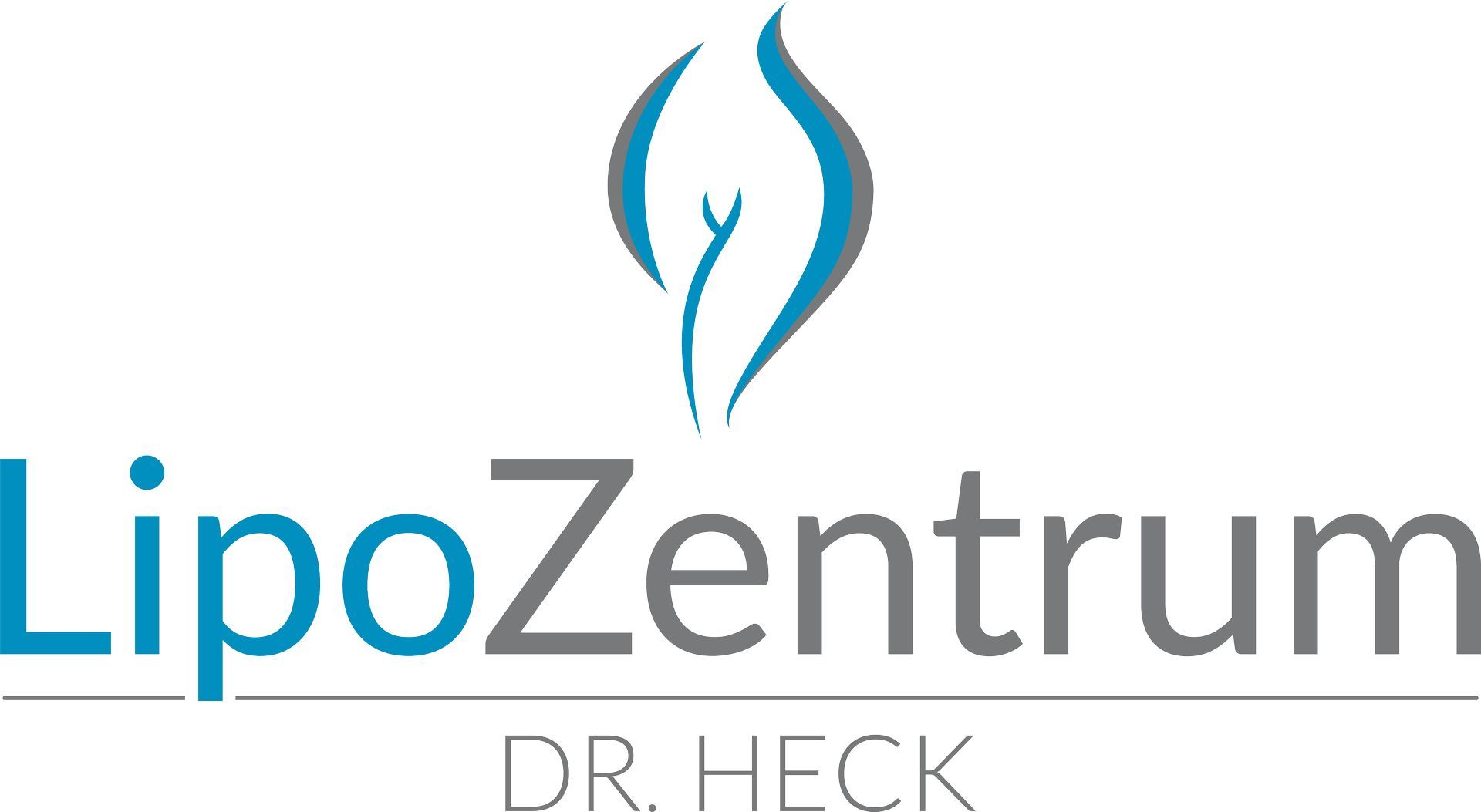Lipedema & health insurance coverage
G-BA decision: Liposuction for lipedema will be covered by statutory health insurance
On July 17, 2025, the Federal Joint Committee (G-BA) passed a far-reaching resolution: The surgical removal of pathological lipedema fatty tissue (liposuction) will now be regularly covered by health insurance companies in Germany. This resolution applies regardless of the stage of the disease and includes both the legs and arms. This marks the first time that liposuction is recognized as a medically necessary treatment at all stages of the disease—a milestone for those affected, but not without limitations and unanswered questions.
Requirements for reimbursement of costs
Liposuction can only be reimbursed through health insurance if certain criteria are met:
- A confirmed diagnosis of lipedema has been made by two specialists.
- Before the operation, conservative treatment was administered for at least six months.
- The complaints continue to be severe.
- There was no weight gain during this time.
- The BMI is between 32 and 35; if the BMI is between 25 and 32, the waist-to-height ratio (WHtR) is also tested.
- If your BMI is over 35, successful obesity therapy is required beforehand.
- Psychological factors must be documented and taken into account by a doctor.
- Other causes such as lymphedema or venous diseases must be ruled out.
Further specifications
In addition to the medical requirements, there are organizational regulations:
- Diagnosis and surgery must not be performed by the same doctor.
- The specialists performing the surgery must have special qualifications.
- The operation must be fully documented and careful follow-up care must be ensured.
A big step with limitations
The decision is expected to take effect on October 1, 2025, unless the Ministry of Health objects. This represents a significant relief for many patients. At the same time, it is clear that the narrow BMI threshold, in particular, excludes many affected individuals.
Furthermore, the question remains as to how the implementation will look in practice. Real improvements will not come from new regulations alone, but rather from quality-assured surgical performance and appropriate aftercare.








